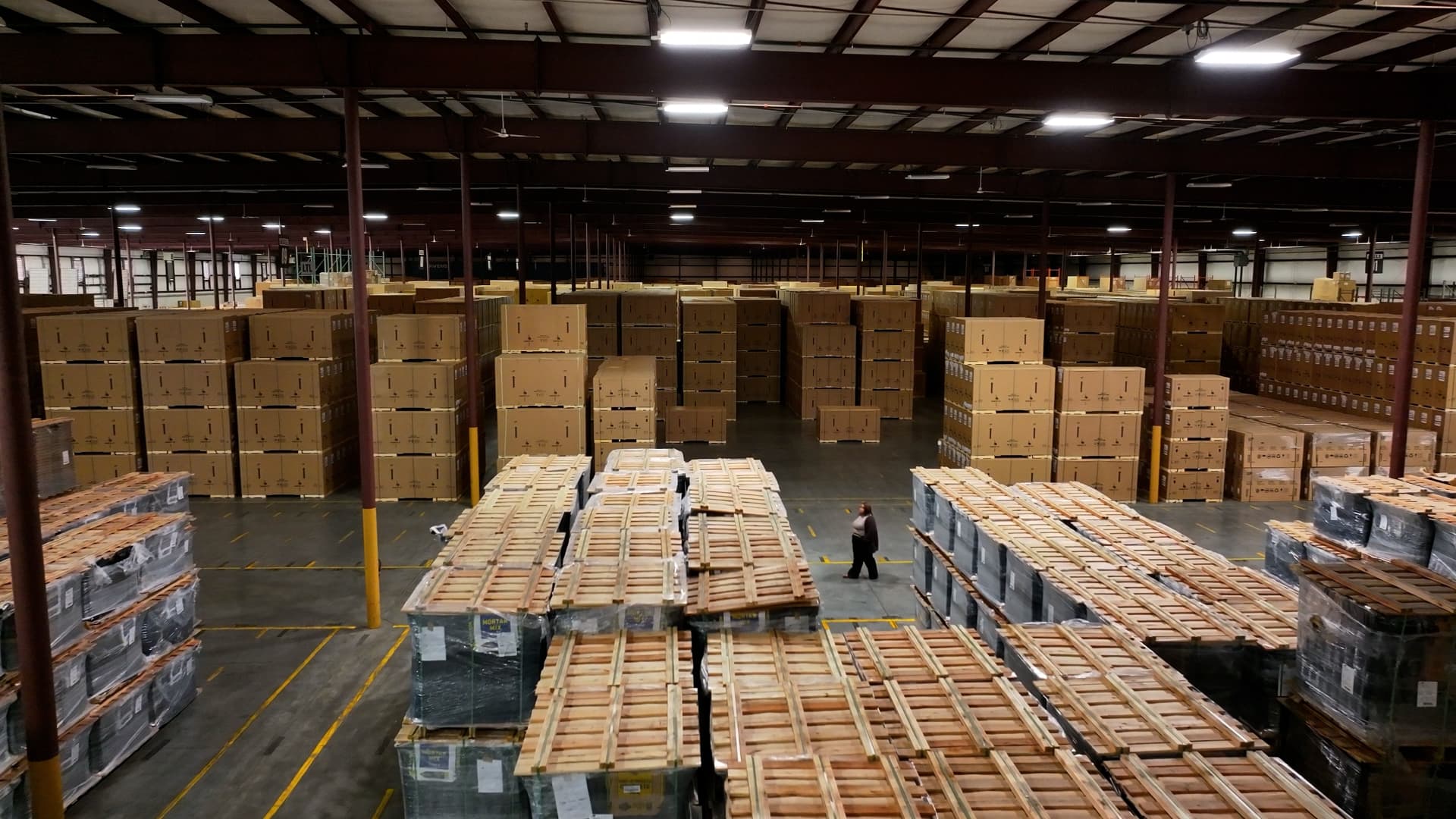The introduction of tariffs by the United States under the administration of former President Donald Trump has prompted companies to explore various strategies to mitigate increased costs. One effective measure has been the use of Foreign Trade Zones (FTZs), which allow firms to store, assemble, modify, or repack goods without incurring tariffs until products enter U.S. commerce. This approach has garnered significant interest as businesses seek to navigate the complexities of international trade.
Foreign Trade Zones are designated areas located near U.S. ports of entry. They serve as a hub for companies looking to reduce their tariff liabilities. Fees are only assessed on products once they leave the zone, providing a strategic advantage for businesses involved in import-export activities. Notable companies that have utilized FTZs include major players such as Ford, General Motors, Chrysler, General Electric, Intel, and Sony.
The surge in interest in Foreign Trade Zones can be traced back to the implementation of tariffs, which have prompted businesses to reconsider their supply chain strategies. According to the U.S. Foreign-Trade Zones Board, the number of companies operating within FTZs has increased significantly since tariffs were imposed. These zones offer a viable option for companies aiming to maintain competitive pricing while facing the financial pressures introduced by tariffs.
In practice, FTZs provide a flexible environment for companies to manage their inventory and logistics. Goods can be imported into these zones without the immediate burden of tariffs, allowing businesses to delay costs until products are sold. This arrangement can lead to improved cash flow and more efficient inventory management, as companies can react quickly to market demands without being constrained by upfront tariff expenses.
Particularly in the automotive sector, the utilization of Foreign Trade Zones is becoming increasingly common. Automakers can import components into FTZs, assemble vehicles, and then only pay tariffs on the finished products when they are sold. This process allows for greater control over production costs and pricing strategies.
As the landscape of international trade continues to evolve, companies are increasingly recognizing the advantages offered by Foreign Trade Zones. With ongoing trade negotiations and tariff adjustments, businesses are likely to seek out these zones as a means of maintaining their market position. The adaptability and cost-saving potential of FTZs make them an important tool in the modern supply chain.
The growing reliance on Foreign Trade Zones highlights the need for companies to stay informed about trade policies and their implications. As tariffs remain a pivotal aspect of international trade relations, understanding the benefits and functionalities of FTZs will be crucial for businesses looking to thrive in a competitive market.
